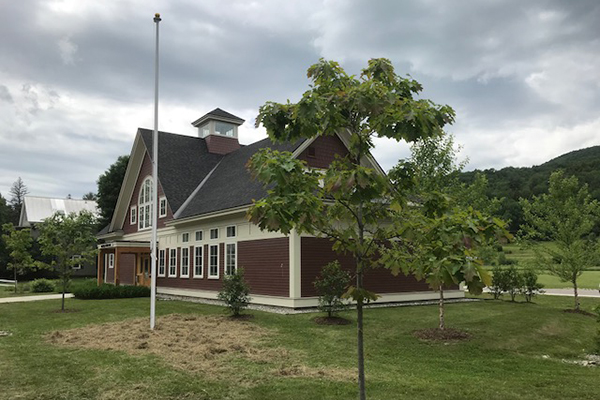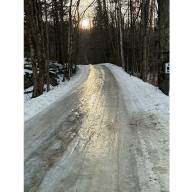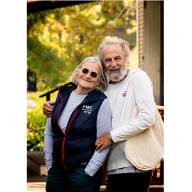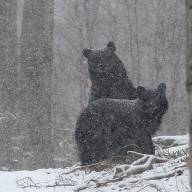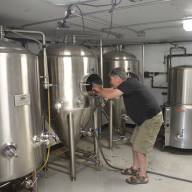The upshot of a preliminary scoping report on the intersection of Routes 17 and 100 is that the alternatives considered in 2000 when Waitsfield and Fayston were engaged with VTrans on that intersection, were dated and fail to take into consideration on the ground conditions that have changed since then.
Those alternative alignments included replacing the current “Y” intersection with a “T” intersection with a right turn slip lane southbound on Route 100. Another consideration was to move the bridge over the Mill Brook south 1,640 feet, potentially keeping the existing bridge for pedestrians and cyclists.
Consultant Theron Matthews with McFarland Johnson provided the Waitsfield Select Board with this preliminary report, commissioned by VTrans. The board submitted comments to Matthews to be included in the final scoping report. Ultimately, the preliminary report recommends that a new scoping report is needed to better understand the challenges and develop solutions that meet current design standards and permitting requirements and that recognize the existing and future situation on the ground.
Previously the town and other stakeholders identified as priorities a need for better pedestrian access and management at that intersection as well as a need to improve stormwater management and improve safety. A new recreation hub will be constructed behind Localfolks Smokehouse that will increase activity and all types of traffic there in that area.
At a June 26 meeting, the Waitsfield Select Board discussed the preliminary report, outlining concerns and suggestions.
Board member Fred Messner said that he didn’t see any reference in the report to plans to include the town’s future wastewater treatment pipe going through the intersection. Town administrator Annie Decker-Dell’Isola said that would be a good clarification for the consultants.
Board chair Christine Sullivan said that while the report notes that sight distances are sufficient, she felt that failed to take into account newer car designs which have less visibility.
Board member Brian Shupe said that the fact that drivers are entering Route 100 on a grade exacerbated sight line issues.
“Yes, and sometimes, it’s even just like the angles are perfect. You have a passenger in your car and you’re looking right at their head and not the road. In theory, the sight distance is good, but in practice is doesn’t seem to be,” Sullivan said.
Decker-Dell’Isola said she would share that comment and any others the board had with the consultants.


